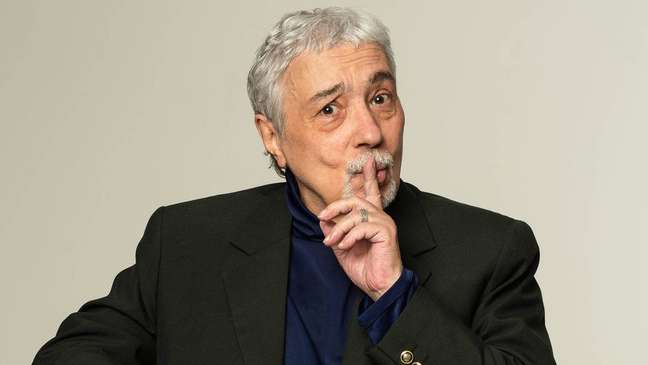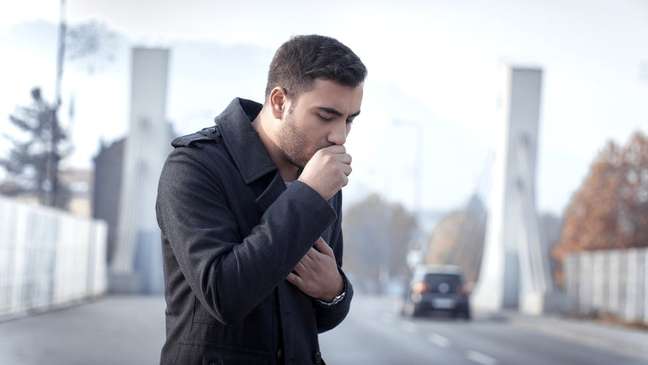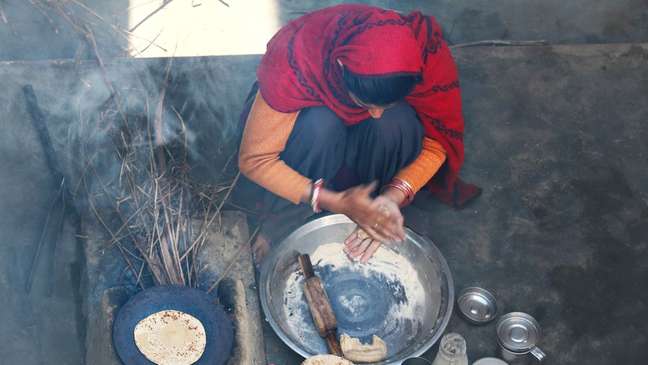Symptoms go unnoticed and it is estimated that 80% of those affected do not know they have the disease; smokers – active and passive – and people who work in places with a lot of smoke are risk groups.

If you are a habitual smoker, like the actor Pedro Paulo Rangel, who died this Wednesday (21/12) at the age of 74, you have a 90% chance of suffering from chronic obstructive pulmonary disease (COPD), according to the World Health Organization health (WHO). And you probably don’t even know it.
Rangel, who smoked until 1998, was diagnosed with COPD in 2002. The disease has no cure, but the actor has managed to control it with medication and physiotherapy. He had been hospitalized since October 30 at the Casa de Saúde São José, in Rio de Janeiro – his death was confirmed by the hospital’s press office.
The actor, one of the big names in Brazilian theater and a strong presence on TV, is one of a small contingent of patients who receive a positive diagnosis for the disease. It is estimated that only one in ten Brazilians with COPD are correctly diagnosed. 🇧🇷read more below🇧🇷

What is COPD
COPD is characterized by persistent airflow limitation. It gets worse over time and can worsen to death.
It develops from persistent bronchitis or pulmonary emphysema. In bronchitis, there is persistent mucus production and inflammation of the airways. In emphysema there is destruction of the alveoli, structures responsible for the flow of air in the lungs.
Its main cause is exposure to cigarette smoke, whether they are active or passive smokers. Exposure to other types of smoke can also cause illness: even those who work with wood-burning ovens in pizzerias or charcoal kilns are at risk.
And it usually comes on silently: 80 percent of those affected don’t even know it, according to Fundepoc, an Argentine institution that specializes in the disease.
Additionally, there is no cure for COPD and about 3 million people die each year from the disease, according to WHO, which affects 384 million people worldwide.
Of the total number of victims, 13.6% are adults over 35 from Latin America, according to Fundepoc data. In Brazil, an estimated 6 million people have COPD, yet only 12% of patients are diagnosed.

Symptoms
One of the biggest problems with COPD is that it is not always diagnosed.
And smokers typically do not complain or go to the doctor because they cough or have difficulty breathing, WHO warns.
The disease evolves slowly and normally only becomes visible after the age of 40 or 50, assures the same organization.
The most common symptoms are dyspnea (difficulty breathing), chronic cough and phlegm production (sputum with mucus).
The disease gets worse over time, and daily activities like climbing stairs or carrying a suitcase can be extremely difficult. Difficulty breathing, in principle linked to effort, ends up appearing even when you are at rest. Sometimes it is so strong that it can completely incapacitate a person. In this case, you should urgently consult a doctor.

Scratches
People exposed to cigarette smoke are more likely to get the disease when they’re in their 35s or 40s. But they are not the only ones at risk.
Other risk factors include:
Solid fuel pollution in cooking and heating (indoor air)
outdoor pollution
Exposure to vapours, irritants, gases, dusts and chemicals in the workplace
Recurrent respiratory tract infections in childhood
Years ago, COPD affected men more because they smoked more than women, but now the smoking rate in high-income countries is similar between the sexes.
Furthermore, in low-income countries, women are the most exposed to contaminated indoor air.
According to the WHO, more than 90% of deaths from the disease occur in low- and middle-income countries because prevention strategies are not effective and treatments are not available or accessible to all patients.

Incurable but preventable
COPD has no cure, but it can be prevented.
Quitting smoking or reducing your exposure to pollution, whether indoors, outdoors or chemical, are examples of how to take precautions.

COPD can also be detected by a “breath test” called spirometry. In this test, a device that the person blows into is used to assess how much air he is able to take in and out of his lungs and how quickly he does it. If it indicates a change in this breathing capacity, further tests may be requested by your doctor to confirm the diagnosis of this or other respiratory diseases.
To relieve the symptoms there is treatment with medicines and physiotherapy.
Increasing our ability to exercise and lead healthier lives can also reduce the risk of death.
– This text was published in https://www.bbc.com/portuguese/geral-64053810
🇧🇷The best content in your email for free. Choose your favorite Terra newsletter. Click here!
Source: Terra
Camila Luna is a writer at Gossipify, where she covers the latest movies and television series. With a passion for all things entertainment, Camila brings her unique perspective to her writing and offers readers an inside look at the industry. Camila is a graduate from the University of California, Los Angeles (UCLA) with a degree in English and is also a avid movie watcher.







